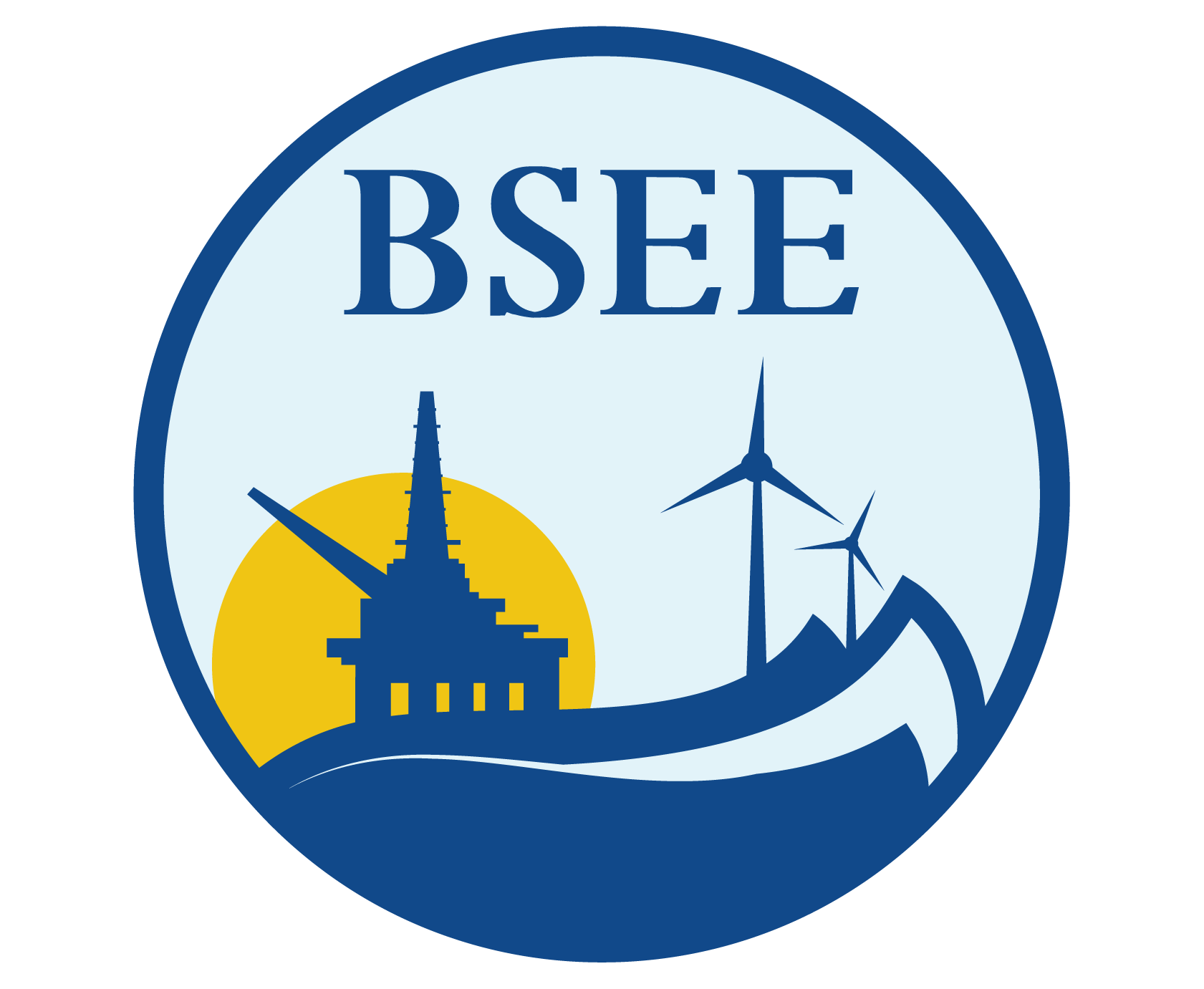Deep-Sea Furrows
Significant currents that affect offshore operations and facility designs exist in the deepwater Gulf of Mexico. This project is part of a JIP formed to carry out an integrated study of the seafloor furrows produced by the flow and characteristics of the flow itself. The JIP measured the extent and morphology of the furrows, the sediment properties, and assess the depositional history of the sediments using age-dating and seismic stratigraphic techniques.
